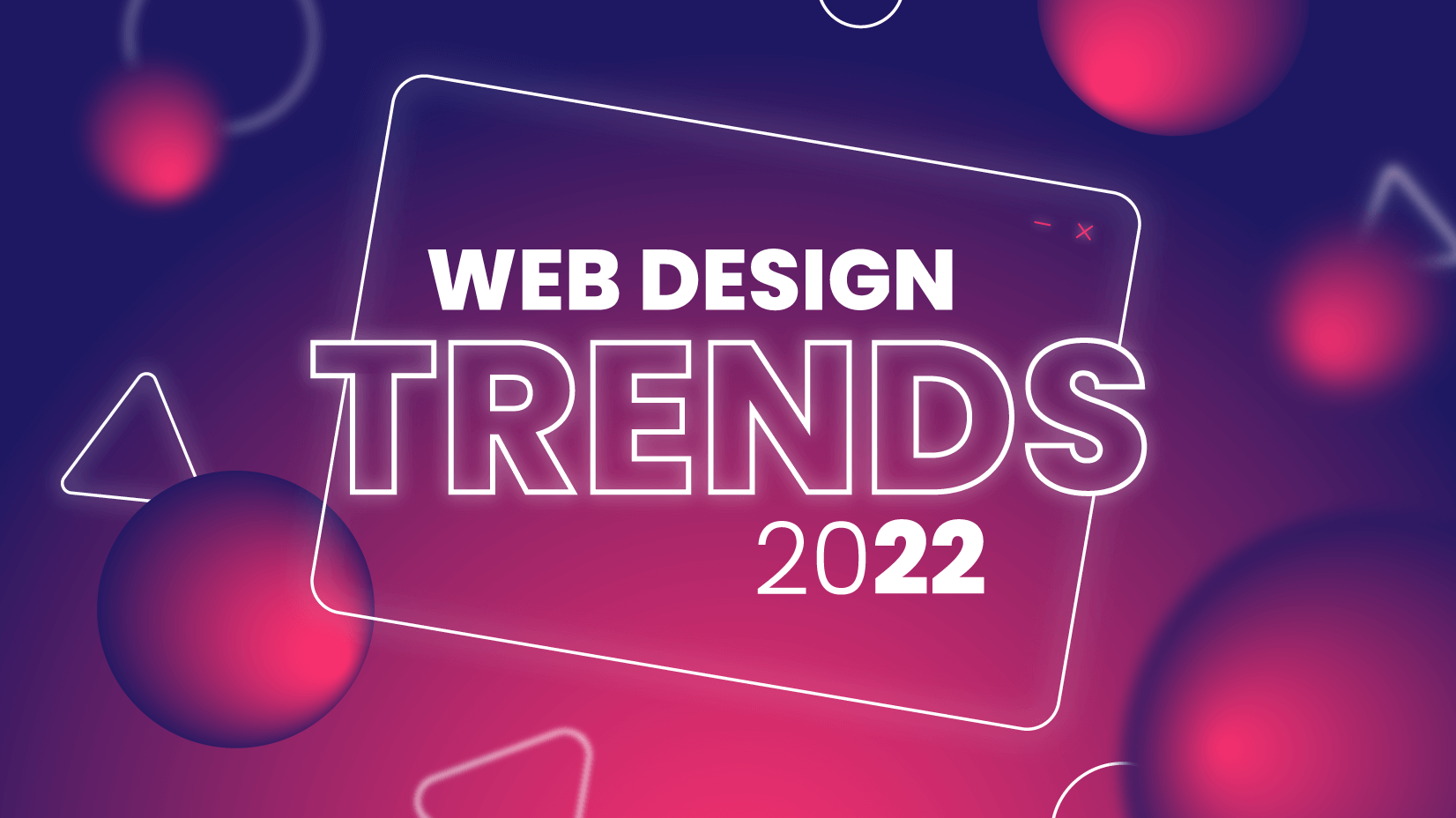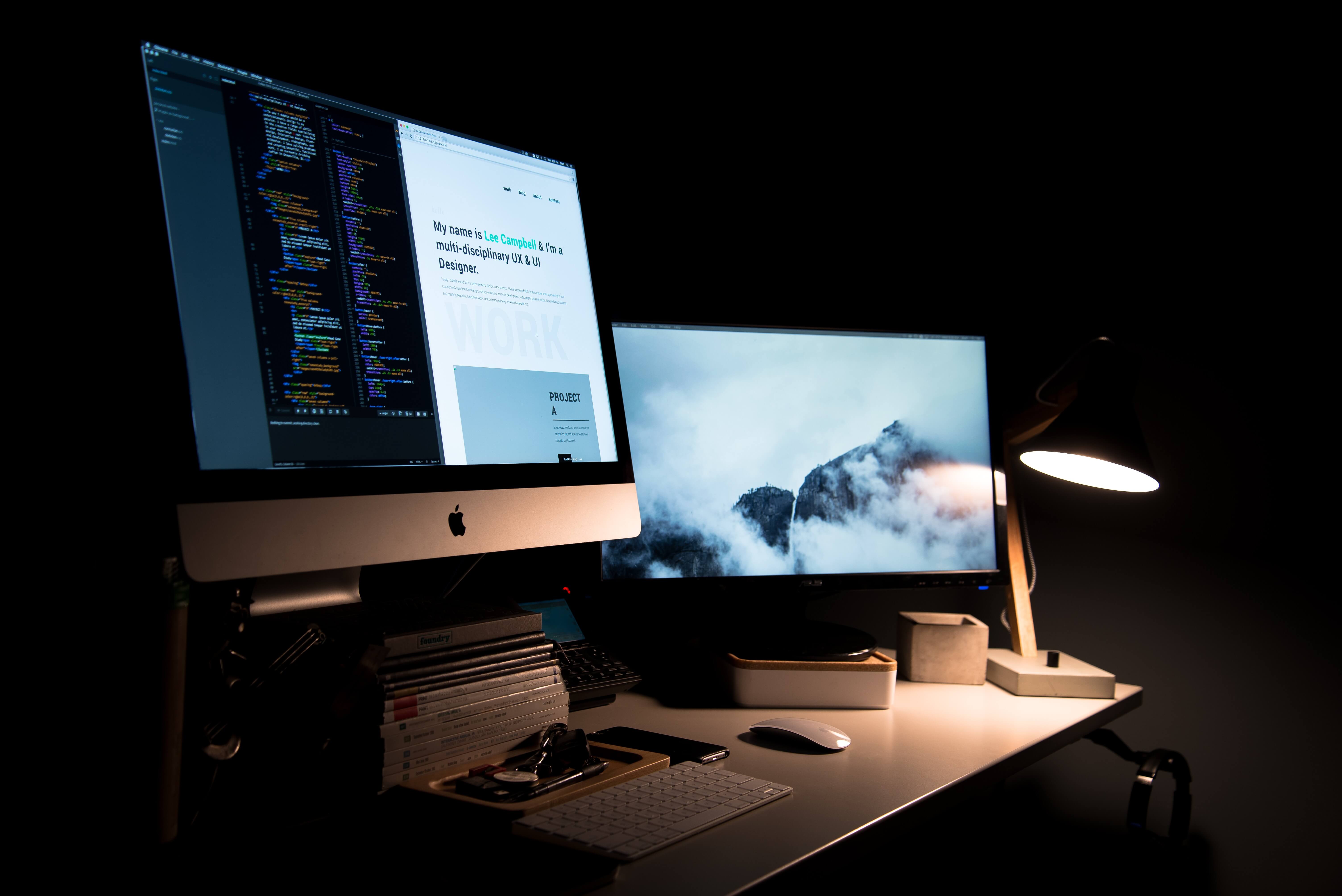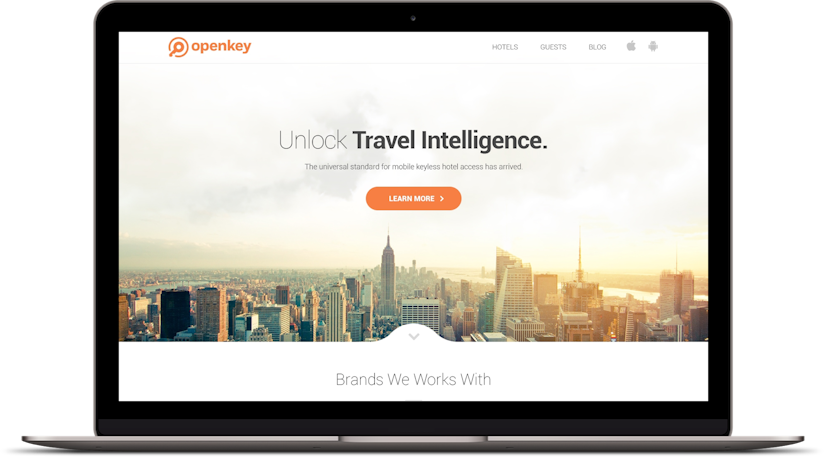All Categories
Featured
Table of Contents
- – Html Responsive Web Design - W3schools Tips an...
- – Pueblo Web Design Tips and Tricks:
- – Learn Web Design With Online Courses, Classes...
- – Web Design Projects - Behance Tips and Tricks:
- – Web Design Museum 1991 – 2006 Tips and Tricks:
- – Web Design - Wikipedia Tips and Tricks:
- – Lifted Logic: Web Design In Kansas City - Se...
- – Sustainable Web Design: Home Tips and Tricks:
- – Redtree Web Design - Pittsburgh Tips and Tri...
- – Website Design - Best Ecommerce Web Design B...
- – Why Is Web Design Important? - 6 Reasons To ...
Html Responsive Web Design - W3schools Tips and Tricks:
Quick summary Functionality and the utility, not the visual style, figure out the success or failure of a website. Given that the visitor of the page is the only person who clicks the mouse and for that reason decides whatever, user-centric style has actually established as a standard approach for effective and profit-oriented website design - web design frederick md.
and the utility, not the visual style, figure out the success or failure of a website. Considering that the visitor of the page is the only person who clicks the mouse and for that reason chooses everything, user-centric style has ended up being a basic technique for successful and profit-oriented web design. If users can't use a feature, it may as well not exist.
g. where the search box ought to be placed) as it has currently been performed in a variety of short articles; rather we focus on the techniques which, utilized correctly, can lead to more sophisticated style decisions and simplify the process of perceiving provided details. Please notice that you might be thinking about the usability-related posts we have actually released prior to: Concepts Of Excellent Website Style And Effective Web Design Guidelines, In order to utilize the principles effectively we initially need to understand how users engage with websites, how they think and what are the fundamental patterns of users' habits.
Pueblo Web Design Tips and Tricks:
Visitors look at each brand-new page, scan some of the text, and click the very first link that captures their interest or vaguely resembles the thing they're looking for. There are large parts of the page they don't even look at. A lot of users look for something interesting (or helpful) and clickable; as quickly as some promising prospects are found, users click.
If a page offers users with premium material, they want to compromise the content with advertisements and the design of the site. This is the reason not-that-well-designed sites with premium content gain a great deal of traffic over years. Content is more vital than the design which supports it.

Very easy concept: If a site isn't able to meet users' expectations, then designer failed to get his task done effectively and the company loses money. The higher is the cognitive load and the less user-friendly is the navigation, the more ready are users to leave the website and search for options.
Learn Web Design With Online Courses, Classes, & Lessons Tips and Tricks:
Neither do they scan web page in a direct fashion, going sequentially from one website section to another one. Rather users satisfice; they pick the first reasonable choice. As quickly as they discover a link that appears like it might result in the objective, there is an excellent chance that it will be instantly clicked.
It doesn't matter to us if we comprehend how things work, as long as we can use them. If your audience is going to imitate you're designing billboard, then style terrific signboards." Users wish to be able to manage their internet browser and rely on the consistent information discussion throughout the website.
If the navigation and website architecture aren't intuitive, the variety of question marks grows and makes it harder for users to understand how the system works and how to receive from point A to point B. A clear structure, moderate visual hints and easily identifiable links can help users to find their path to their goal.
Web Design Projects - Behance Tips and Tricks:

claims to be "beyond channels, beyond products, beyond circulation". What does it mean? Since users tend to explore websites according to the "F"-pattern, these three statements would be the very first components users will see on the page once it is loaded. Although the style itself is easy and user-friendly, to comprehend what the page is about the user needs to browse for the answer.
When you have actually attained this, you can interact why the system is beneficial and how users can benefit from it. Do Not Squander Users' Persistence, In every job when you are going to provide your visitors some service or tool, attempt to keep your user requirements minimal.
Novice visitors are willing to, not filling long web types for an account they might never utilize in the future. Let users explore the website and find your services without requiring them into sharing private information. It's not reasonable to require users to enter an email address to check the function.
Web Design Museum 1991 – 2006 Tips and Tricks:
And that's what you want your users to feel on your web site. The registration can be done in less than 30 seconds as the form has horizontal orientation, the user doesn't even need to scroll the page.
A user registration alone is sufficient of an impediment to user navigation to cut down on inbound traffic. 3. Manage To Focus Users' Attention, As sites supply both fixed and vibrant material, some elements of the interface attract attention more than others do. Clearly, images are more appealing than the text simply as the sentences marked as bold are more appealing than plain text.
Focusing users' attention to particular areas of the website with a moderate usage of visual components can help your visitors to obtain from point A to point B without thinking of how it actually is supposed to be done. The less concern marks visitors have, the they have and the more trust they can develop towards the company the site represents.
Web Design - Wikipedia Tips and Tricks:
Aim For Feature Exposure, Modern web styles are usually criticized due to their technique of guiding users with aesthetically appealing 1-2-3-done-steps, big buttons with visual effects and so on. From the design point of view these components in fact aren't a bad thing.
The site has 9 main navigation alternatives which show up at the first glance. The choice of colors might be too light, though. is a fundamental concept of successful user interface design. It doesn't actually matter how this is achieved. What matters is that the material is well-understood and visitors feel comfy with the method they connect with the system.
com gets directly to the point. No adorable words, no overemphasized declarations. Instead a price: simply what visitors are looking for. An ideal option for efficient writing is touse brief and succinct expressions (come to the point as quickly as possible), usage scannable design (classify the material, use several heading levels, utilize visual elements and bulleted lists which break the circulation of uniform text blocks), use plain and objective language (a promo doesn't need to sound like ad; give your users some affordable and objective factor why they ought to utilize your service or remain on your site)6.
Lifted Logic: Web Design In Kansas City - Seo - Website ... Tips and Tricks:
Users are seldom on a site to enjoy the style; additionally, most of the times they are looking for the info regardless of the design - web design frederick md. Pursue simplicity rather of complexity. From the visitors' viewpoint, the very best website design is a pure text, with no advertisements or additional content blocks matching exactly the query visitors used or the content they have actually been trying to find.
Finch plainly presents the info about the site and gives visitors an option of options without overcrowding them with unnecessary material. Not only does it help to for the visitors, however it makes it possible to view the info provided on the screen.
Complex structures are more difficult to check out, scan, analyze and deal with. If you have the choice in between separating 2 style sectors by a noticeable line or by some whitespace, it's typically better to utilize the whitespace solution. (Simon's Law): the better you manage to offer users with a sense of visual hierarchy, the much easier your material will be to perceive.
Sustainable Web Design: Home Tips and Tricks:
The very same conventions and guidelines should be applied to all elements.: do the most with the least amount of hints and visual elements. Clearness: all elements must be created so their meaning is not uncertain.
Conventions Are Our Buddies, Conventional style of site aspects does not result in an uninteresting website. In reality, as they reduce the finding out curve, the need to find out how things work. For example, it would be a functionality headache if all websites had different visual discussion of RSS-feeds. That's not that various from our routine life where we tend to get utilized to standard principles of how we organize information (folders) or do shopping (positioning of products).
comprehend what they're anticipating from a site navigation, text structure, search placement etc. A typical example from usability sessions is to equate the page in Japanese (assuming your web users do not understand Japanese, e. g. with Babelfish) and supply your functionality testers with a job to find something in the page of various language.
Redtree Web Design - Pittsburgh Tips and Tricks:
Test Early, Test Frequently, This so-called TETO-principle should be applied to every web design project as usability tests frequently supply into significant issues and concerns related to a given layout. Test not too late, not too little and not for the incorrect reasons.
Some important points to remember: according to Steve Krug, and screening one user early in the task is much better than screening 50 near the end. Accoring to Boehm's first law, mistakes are most regular throughout requirements and design activities and are the more costly the later on they are eliminated.
That means that you create something, test it, repair it and after that test it once again. There may be issues which have not been found throughout the very first round as users were virtually obstructed by other problems. use tests. Either you'll be pointed to the problems you have or you'll be indicated the lack of major style defects which is in both cases a helpful insight for your project.
Website Design - Best Ecommerce Web Design By Shopify Tips and Tricks:

This holds for designers too. After you have actually worked on a site for couple of weeks, you can't observe it from a fresh perspective any longer. You know how it is constructed and therefore you understand precisely how it works you have the knowledge independent testers and visitors of your site would not have.
It can be linked to other locations such as graphic design, user experience, and multimedia arts, but is more aptly seen from a technological standpoint. It has actually become a large part of people's everyday lives. It is tough to envision the Internet without animated graphics, various designs of typography, background, videos and music.

During 1991 to 1993 the Web was born. Text-only pages could be seen utilizing a basic line-mode browser. In 1993 Marc Andreessen and Eric Bina, produced the Mosaic browser. At the time there were numerous browsers, however most of them were Unix-based and naturally text heavy. There had been no integrated method to graphic style aspects such as images or sounds.
Why Is Web Design Important? - 6 Reasons To Invest In Site ... Tips and Tricks:
The W3C was developed in October 1994 to "lead the World Wide Web to its full potential by developing common procedures that promote its advancement and ensure its interoperability." This prevented any one business from monopolizing a propriety web browser and programming language, which could have altered the impact of the Internet as a whole.
As this has actually taken place the innovation of the web has likewise carried on. There have likewise been significant modifications in the way people utilize and access the web, and this has changed how websites are created. Given that the end of the web browsers wars [] new browsers have actually been released. A lot of these are open source indicating that they tend to have quicker advancement and are more helpful of brand-new standards.
Learn more about Lovell Media Group LLC or TrainACETable of Contents
- – Html Responsive Web Design - W3schools Tips an...
- – Pueblo Web Design Tips and Tricks:
- – Learn Web Design With Online Courses, Classes...
- – Web Design Projects - Behance Tips and Tricks:
- – Web Design Museum 1991 – 2006 Tips and Tricks:
- – Web Design - Wikipedia Tips and Tricks:
- – Lifted Logic: Web Design In Kansas City - Se...
- – Sustainable Web Design: Home Tips and Tricks:
- – Redtree Web Design - Pittsburgh Tips and Tri...
- – Website Design - Best Ecommerce Web Design B...
- – Why Is Web Design Important? - 6 Reasons To ...
Latest Posts
Figma: The Collaborative Interface Design Tool. Tips and Tricks:
Web Design - The First 100 Years - Idle Words Tips and Tricks:
Web Design Certificate - Web Development Certificate Program Tips and Tricks:
More
Latest Posts
Figma: The Collaborative Interface Design Tool. Tips and Tricks:
Web Design - The First 100 Years - Idle Words Tips and Tricks:
Web Design Certificate - Web Development Certificate Program Tips and Tricks: